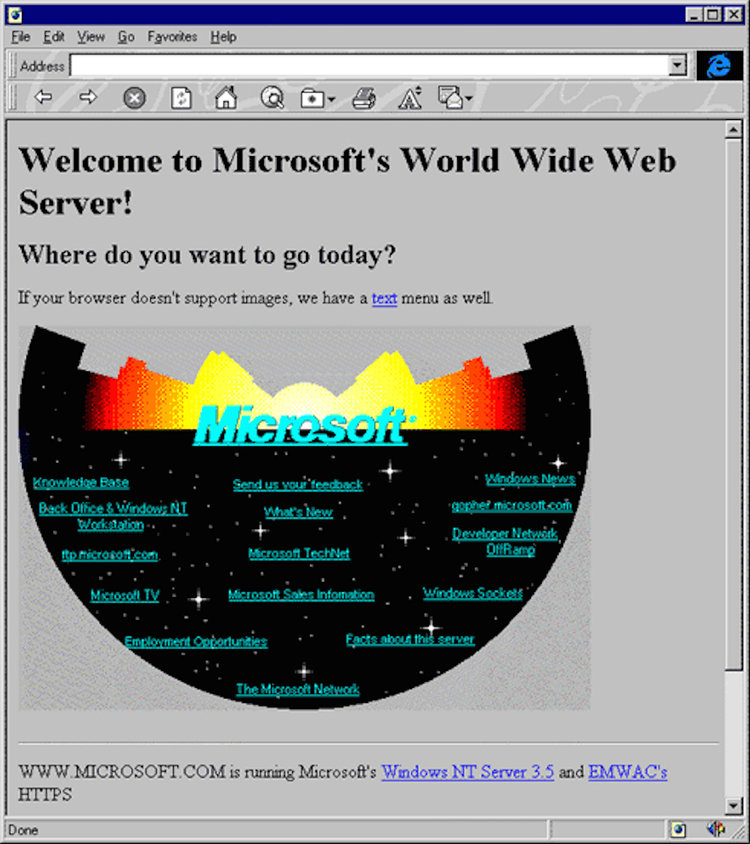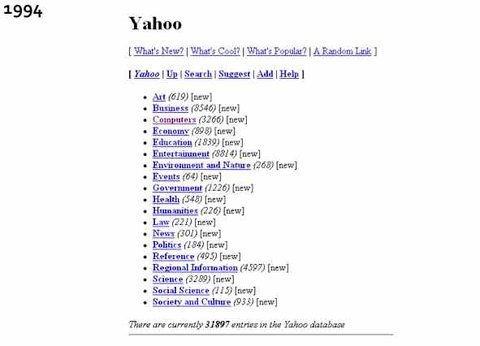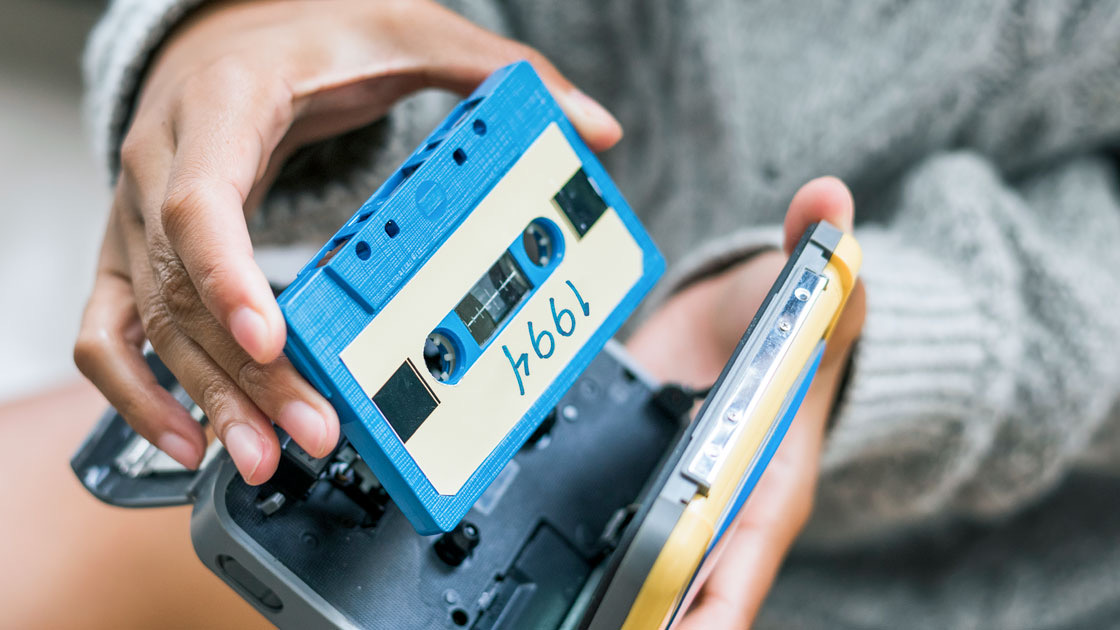DKY’s commitment to Ringing True started in the era of Zach Morris phones, and continues today in the age of self-driving cars.
We first hung out the DKY shingle in 1994. To say that a technology paradigm shift has occurred over the past 25 years would be an understatement.
In fact, the technologies making this article available to you right now were either too cost-prohibitive for most businesses or wholly absent from the workplace when we started.
From the website CMS and email platform that published this content, to the fiber, cellular, and wifi networks that delivered it to your desk or pocket, virtually none of these technologies existed in their current form.
Back then, we spent a lot of time and money on paper, postage, and phone calls. Words like wifi, Bluetooth, dongle, and Google would have returned blank or confused stares. Portable music devices relied on moving parts inside. If you could access the Internet at home, you were probably paying for it by the hour.
If 1994 still doesn’t feel like a long time ago, consider what was happening across the world of technology.
In 1994:
- The Web was made up of approximately 10,000 websites—a drop in the bucket compared to the 1.5 billion we have today.
- Much of the general public was just becoming aware of the Internet, including what the word referred to.
- HTML and URL were relatively new terms describing a World Wide Web, and hadn’t entered the marketing lexicon yet.
- CompactFlash cards and Zip Disks were released by SanDisk and Iomega, respectively. 100MB of flash storage was premium at the time.
- Jeff Bezos launched Amazon.com.
- “Mass market” email campaigns started hitting inboxes, leading to another newly-coined term: spam.
- Netscape Communications was formed, resulting in the launch of its browser, Navigator.
- Yahoo!, Excite, and Infoseek entered service as new search engines.
- The White House launched its first website while Clinton signed Executive Order 13011, which pressed federal agencies to streamline technology initiatives to improve efficiency, reduce costs, and enhance government services to the public.


But if we traveled back 25 years to revisit technology, mostly we’d notice what was missing.
In 1994, we didn’t yet have the benefit of:
- Smartphones: Perhaps the starkest contrast between then and now is how portable the Internet has become. Whether it’s in your palm, on your wrist, inside your TV, or on the refrigerator, the same version of the web is accessible everywhere at once.
- Google: It would be another four years before the company was founded, and search engines of the day were a far cry from what Google would later turn into table stakes.
- Local Search Results: If you found anything on the Internet relevant to your physical location, you probably happened to be in a metropolis, and even then it was slim pickings.
- Rich Multimedia Experiences: Video was still a ways off, and when you could get some semblance of sound from a website, it was usually an intrusive, auto-play MIDI file.
- Speed: Once upon a time, you could go find a snack in the time it took to load a webpage. Today, 47% of consumers say they expect a website to load in two seconds or less.
Technology is Always Changing, But Some Things Remain Constant
In 1994—like today—we helped brands stand out in the crowd by leveraging what was available. However, as technology expands its reach and shrinks the world, the burden to use it appropriately can be a heavy one.
These days, it’s not only a question of determining the right technology for a campaign. Modern day considerations include more difficult questions: Can this approach meet audience attention spans? How will this message be understood next to a tragic news headline, or retweeted by a controversial celebrity? Our options are legal, but are they all ethical?
DKY has always committed to helping our clients’ brands Ring True. It started in the era of Zach Morris phones, and continues on today in the age of self-driving cars.
